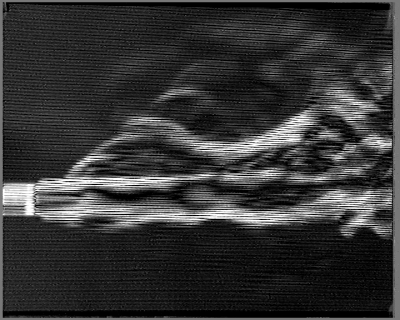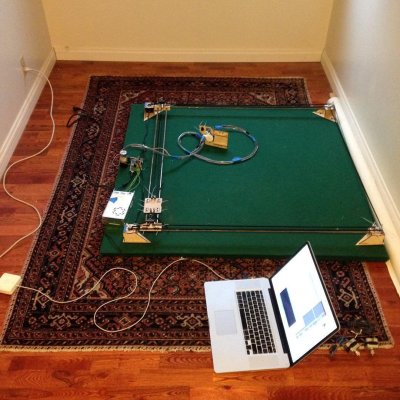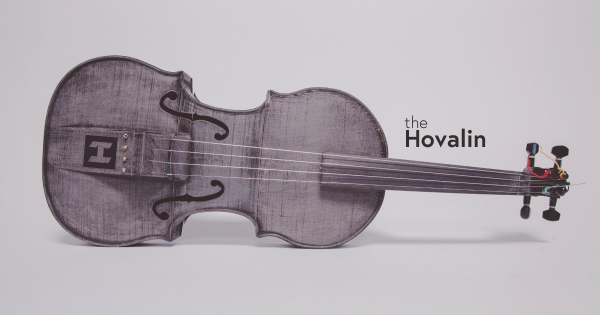Spend enough time on YouTube, and you’ll eventually find yourself in one of the many dark corners hiding within it. No, I’m not talking about the comments. In this case, I mean the many videos dedicated to free energy, overunity devices, perpetual motion machines, or anything else that violates the laws of thermodynamics by trying to get out more energy than is put in. The human race has been reaching for impossible dreams of perpetual motion and free energy for just about all of recorded history. Now it’s convenient to find them all in one place.
 Browsing the tubes, it’s easy to break free energy videos down into two major groups: enthusiasts and scammers. Catching a scammer is easy – they’re looking for money. Somewhere in the video or description will be a link to a website with more information. Eventually that will lead you to a place where the scammer attempts to part you and your hard-earned money.
Browsing the tubes, it’s easy to break free energy videos down into two major groups: enthusiasts and scammers. Catching a scammer is easy – they’re looking for money. Somewhere in the video or description will be a link to a website with more information. Eventually that will lead you to a place where the scammer attempts to part you and your hard-earned money.
Names like John Searl, Muammer Yildiz, and M. T. Keshe go here. Searl especially deserves note because he’s been at it for decades. Supposedly, his “Searl Effect Generator” SEG has been built several times, but the prototypes generate so much power they create their own anti-gravity field and fly off into space. Obviously this man and his staff need your money to continue their work. Scammers deserve disdain and public shaming. These are the folks who know their “discoveries” are nothing more than snake oil.
On the other side of the coin lie the enthusiasts. These are the backyard tinkerers, the ones who put down their computers, pick up their tools, and try to build something. Sounds a lot like the average Hackaday reader, doesn’t it? I have to admit I went into this article with the same disdain for the enthusiasts that I have for the scammers, possibly even more. In some cases, these are the folks who truly believe they can have a chance to violate the laws of thermodynamics. Inevitably these folks fail to build free energy generators, overunity devices, or whatever their pursuit is, but they all do seem to learn something in the process. A lot can be said about the builds themselves. Some of these are awesome devices. Even if they don’t work for their intended purpose, they are great demonstrations of magnetism or chemistry. This is where I had a change of heart. If someone wants to spend their time working on an impossible hack, then more power to them. I may not think they have any chance of success, but at the very least, they’ll learn how to build.
Continue reading “Overunity, Free Energy And Perpetual Motion: The Strange Side Of YouTube”

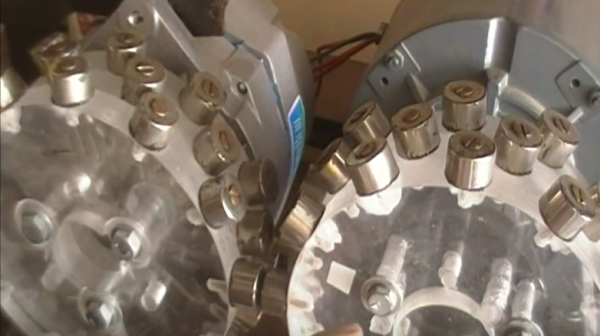

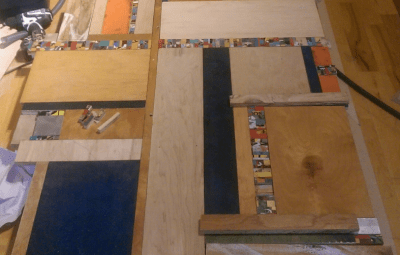
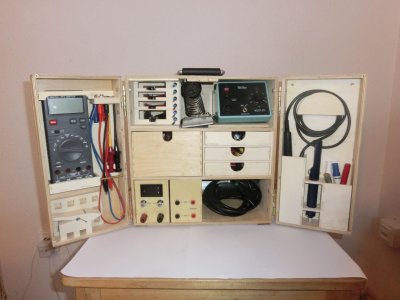
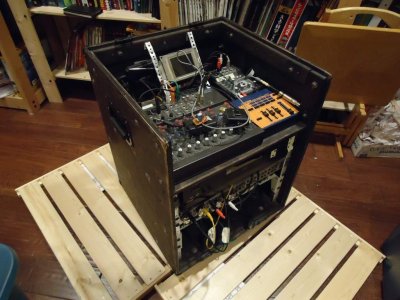
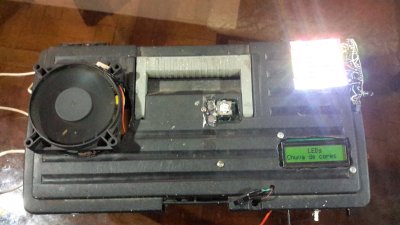

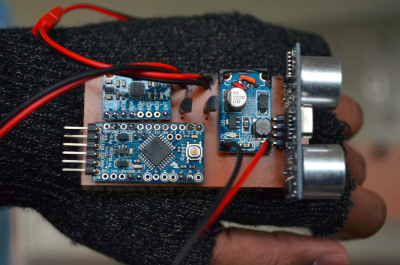
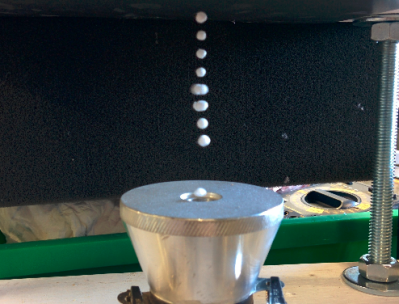
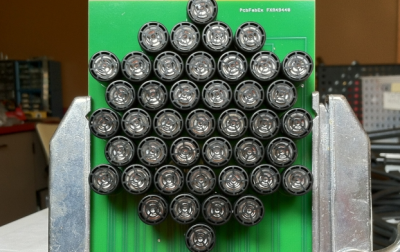

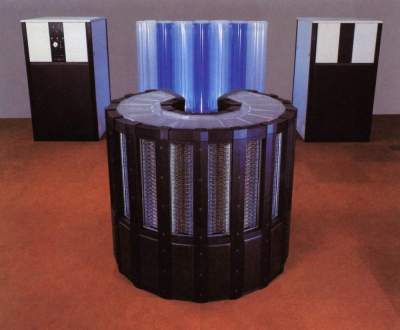 By 1989, the film was out on VHS and laser disc. With high quality audio available,
By 1989, the film was out on VHS and laser disc. With high quality audio available, 